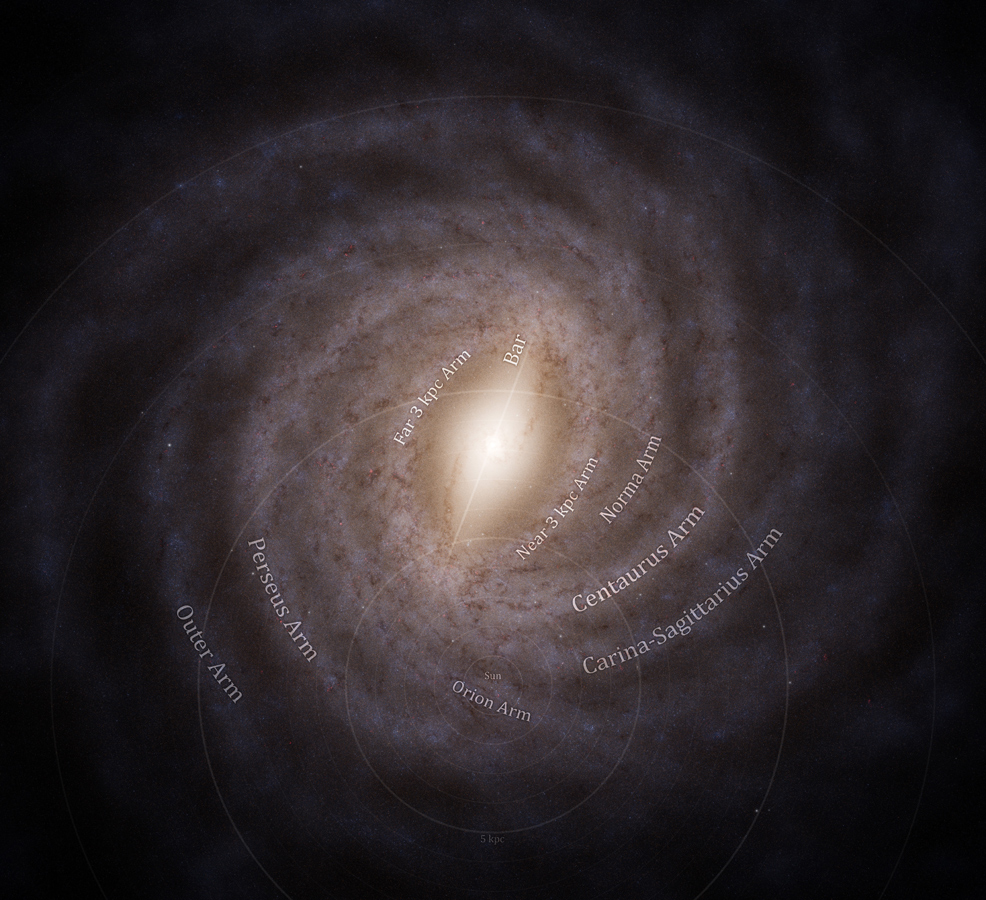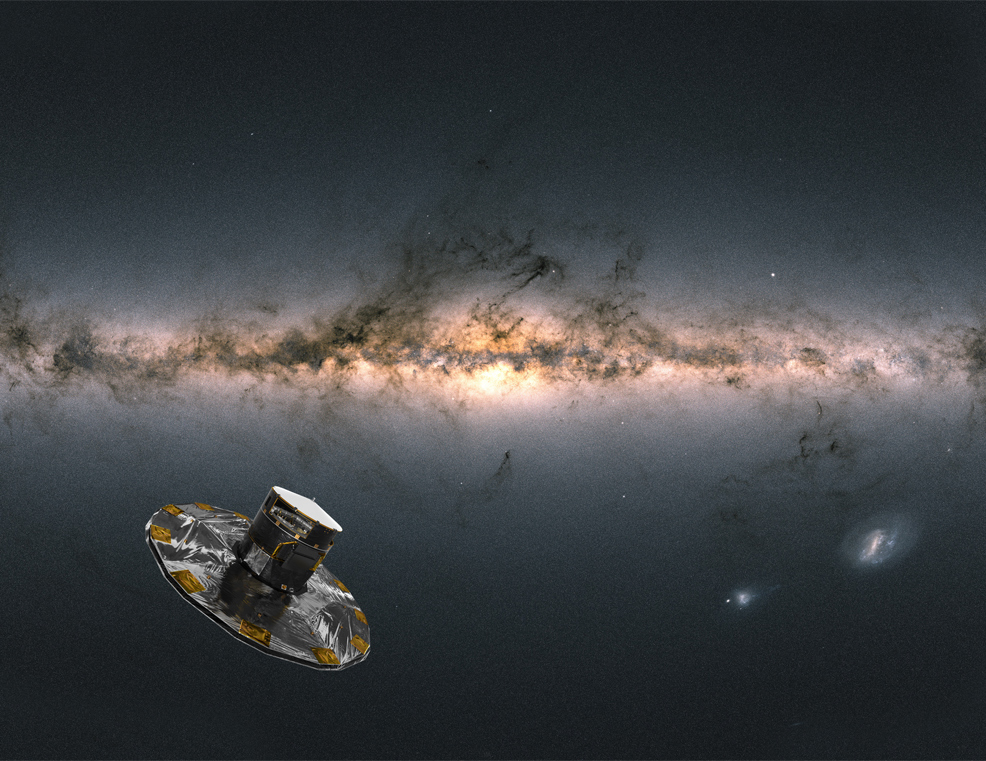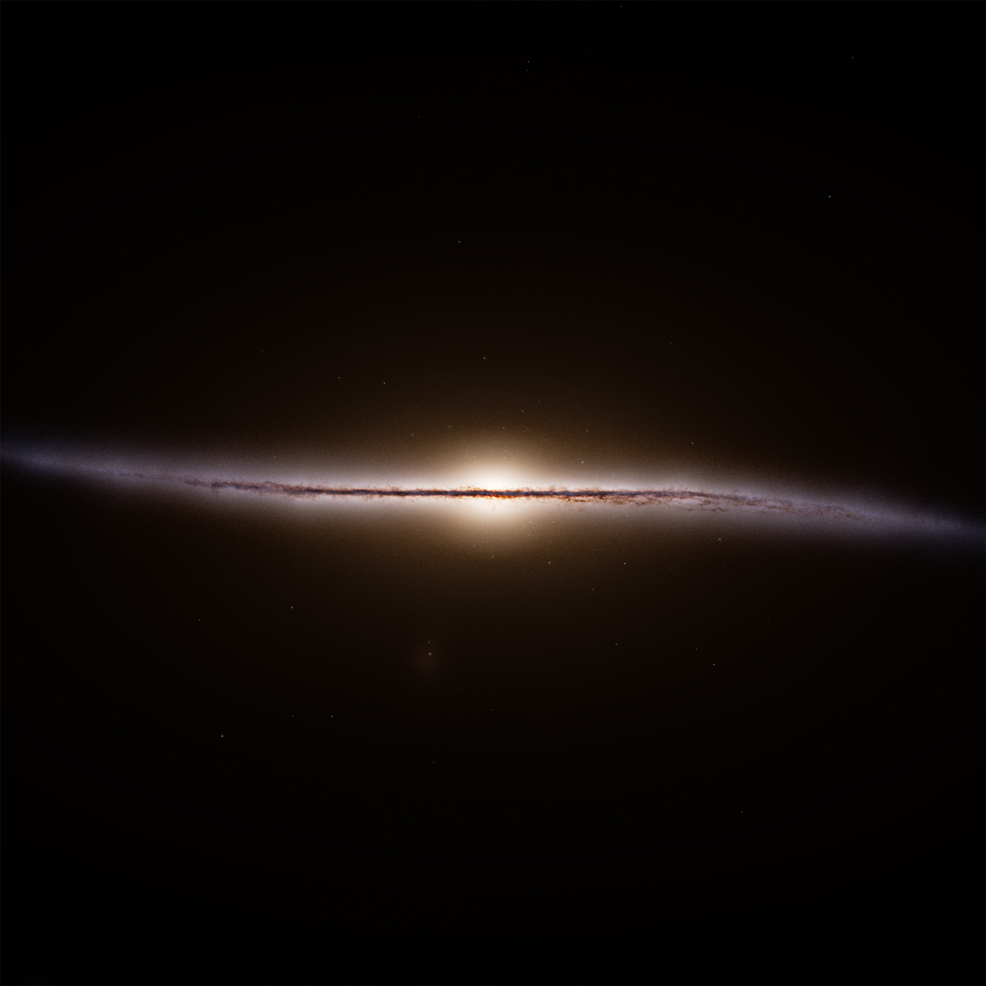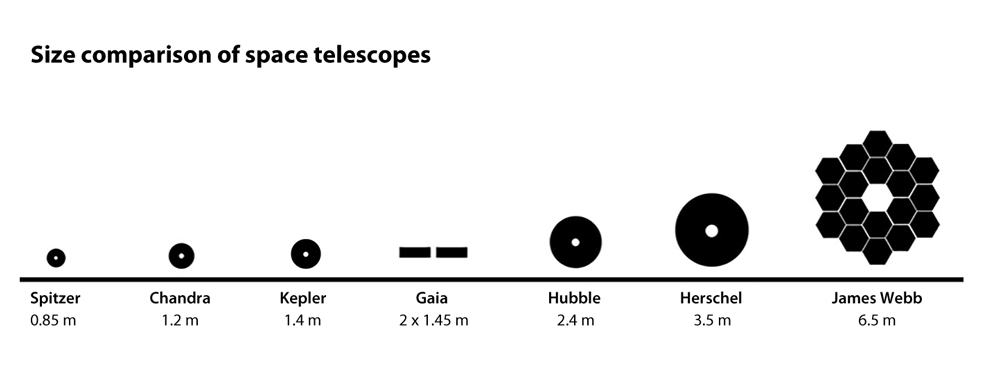
19th January 2025 Galaxy mapping project concludes after 3 trillion observations The European Space Agency's Gaia spacecraft has ended its operation after 11 years of mapping the Milky Way galaxy, during which time it made three trillion observations of two billion stars.
The European Space Agency (ESA) launched its Gaia space observatory in December 2013, with a goal of charting the positions, motions, brightnesses and spectral characteristics of a billion stars within the Milky Way. Although designed to operate for five years, it has more than doubled that lifespan, only now ending its mission after 11 years. The spacecraft has been orbiting at Sun–Earth Lagrange Point 2, about 1.5 million km (930,000 mi) from Earth. This provides a stable thermal environment and uninterrupted observations, as the Earth, Moon and Sun remain 'behind' it at all times. Its payload of three instruments worked in harmony to create the most detailed map of our galaxy ever made. The first measured precise positions and motions of stars across the sky. The second analysed their brightnesses and variations over time. The third split starlight into its spectral components, primarily to measure the radial velocity of stars, while also providing insights into their temperature and chemical compositions. Together, these tools gathered a vast amount of data, transmitted across space with an upload rate of 8 Mbit/s. The 35 m-diameter Deep Space Antennas at Cebreros (Spain) and New Norcia (Australia) received about 200 terabytes (TB) during the initial five years, which has since expanded to 500 TB, scheduled for release in 2026. This could reach 1,000 TB (a petabyte) of uncompressed data when the final release is published by 2030. To put that in perspective, you would need to completely fill the hard drive capacities of about 1,000 modern home PCs, each with 1 terabyte of space, to store everything obtained by Gaia.
With such an unprecedented volume of data, Gaia has delivered on its primary objective and is now enabling astronomers to build the largest, most precise map of the Milky Way ever seen, revealing our home galaxy like no other mission has done before. As such, we now also have the best reconstructed view of how it might look to an outside observer. The new artist's impression below incorporates Gaia data from a multitude of papers over the past decade. This edge-on view reveals a surprisingly wavy shape, curving upwards on one side and downwards on the other. This warping likely resulted from the collision of at least one smaller satellite galaxy in the distant past. The Milky Way is still "reverberating" from the most recent of these gargantuan interactions and will take until about 100 million AD to fully stabilise. Much more substantial impacts can be expected in the more distant future – the Large Magellanic Cloud is predicted to arrive in 2.4 billion years, while the Andromeda Galaxy is expected to merge with our own in 3.8 billion years.
In addition, the latest available data from Gaia has shown that the spiral arms of the Milky Way are less prominent than previously thought, while the central bar is more inclined with respect to the Sun. "It contains major changes from previous models, because Gaia has changed our impression of the Milky Way. Even basic ideas have been revised, such as the rotation of our galaxy's central bar, the warp of the disc, the detailed structure of spiral arms, and interstellar dust near the Sun," says Stefan Payne-Wardenaar, scientific visualiser for the Haus der Astronomie, Germany, and IAU Office of Astronomy for Education. "Still, the distant parts of the Milky Way remain educated guesses based on incomplete data. With further Gaia data releases, our view of the Milky Way will become even more accurate." "Today marks the end of science observations and we are celebrating this incredible mission that has exceeded all our expectations, lasting for twice its originally foreseen lifetime," said Carole Mundell, ESA Director of Science. "The treasure trove of data collected by Gaia has given us unique insights into the origin and evolution of our Milky Way galaxy, and has also transformed astrophysics and Solar System science in ways that we are yet to fully appreciate. Gaia built on unique European excellence in astrometry and will leave a long-lasting legacy for future generations."
Alongside its primary mission of mapping the Milky Way, Gaia spotted many other objects – ranging from asteroids in our Solar System, to other galaxies, and quasars forming the bright and active centres of galaxies hosting supermassive black holes. For example, it obtained pinpoint-precise orbits of more than 150,000 asteroids, with such high-quality measurements as to uncover possible mini-moons around hundreds of them. It has also created the largest ever 3D map of about 1.3 million quasars, some dating back 12.3 billion years. The spacecraft also discovered a new class of black hole – including one with a mass nearly 33 times that of the Sun, hiding less than 2,000 light-years from Earth, the first time a black hole of stellar origin this big has been spotted within the Milky Way. "It is impressive that these discoveries are based only on the first few years of Gaia data, and many were made in the last year alone. Gaia has been the discovery machine of the decade, a trend that is set to continue," said Anthony Brown, Chair of the Gaia Data Processing and Analysis Consortium and based at Leiden University in the Netherlands. "After 11 years in space and surviving micrometeorite impacts and solar storms along the way, Gaia has finished collecting science data. Now all eyes turn towards the preparation of the next data releases," said Johannes Sahlmann, Gaia Project Scientist. "I am thrilled with the performance of this incredible mission, and excited about the discoveries that await us." Following several weeks of testing, Gaia will leave its current orbit around Lagrange Point 2, entering its final heliocentric orbit – far away from the Earth's sphere of influence. The spacecraft will then be passivated on 27th March 2025, to avoid any harm or interference with other spacecraft. Gaia Data Release 4 (DR4), expected next year, will expand its binary star catalogue, the largest such catalogue to date. The extreme sensitivity of Gaia can detect tiny motions of celestial pairs orbiting close to each other, which has already revealed previously hidden companions around bright stars. DR4 is also likely to produce major exoplanet discoveries, thanks to a longer timeframe of observations making it much easier to spot "wobbling" stars tugged by orbiting planets. DR5, the fifth and final major release, will encompass all data collected throughout the mission's 11-year lifespan – offering a complete Gaia Legacy Archive of its 3 trillion observations, including 2 billion stars. Given that the Milky Way is estimated to contain between 100 and 400 billion stars, this means that the spacecraft will have obtained system data for 0.5% to 2% of our entire galaxy. While that feat is undoubtedly impressive, an even more detailed catalogue is set to begin compiling this year. Vera C. Rubin, a ground-based telescope in the mountains of Chile, will observe a whopping 17 billion stars from 2025–2035. If next-generation observatories can provide a further order of magnitude increase in capability, then mapping of the Milky Way could be largely complete by mid-century.
Comments »
If you enjoyed this article, please consider sharing it:
|
||||||










